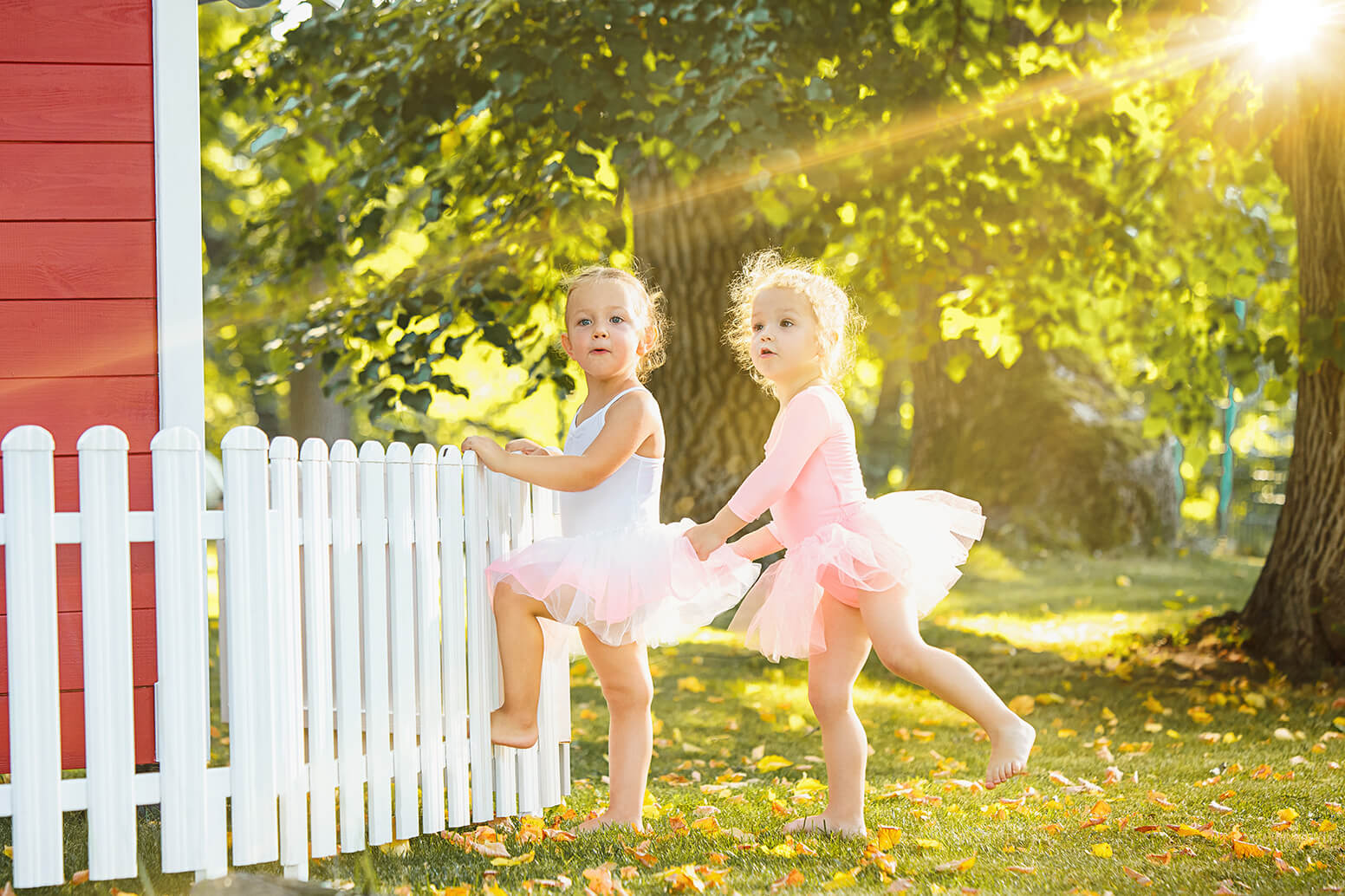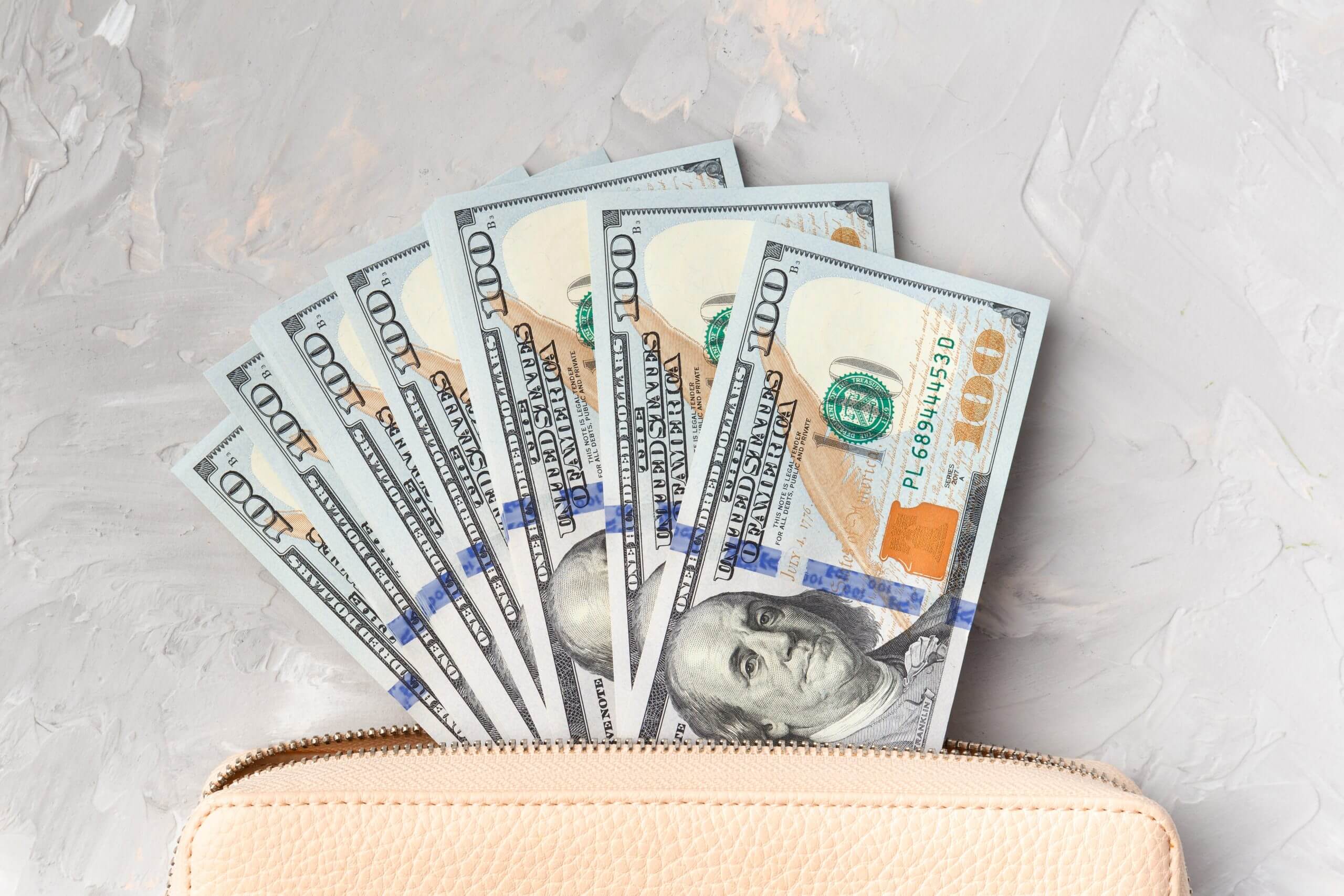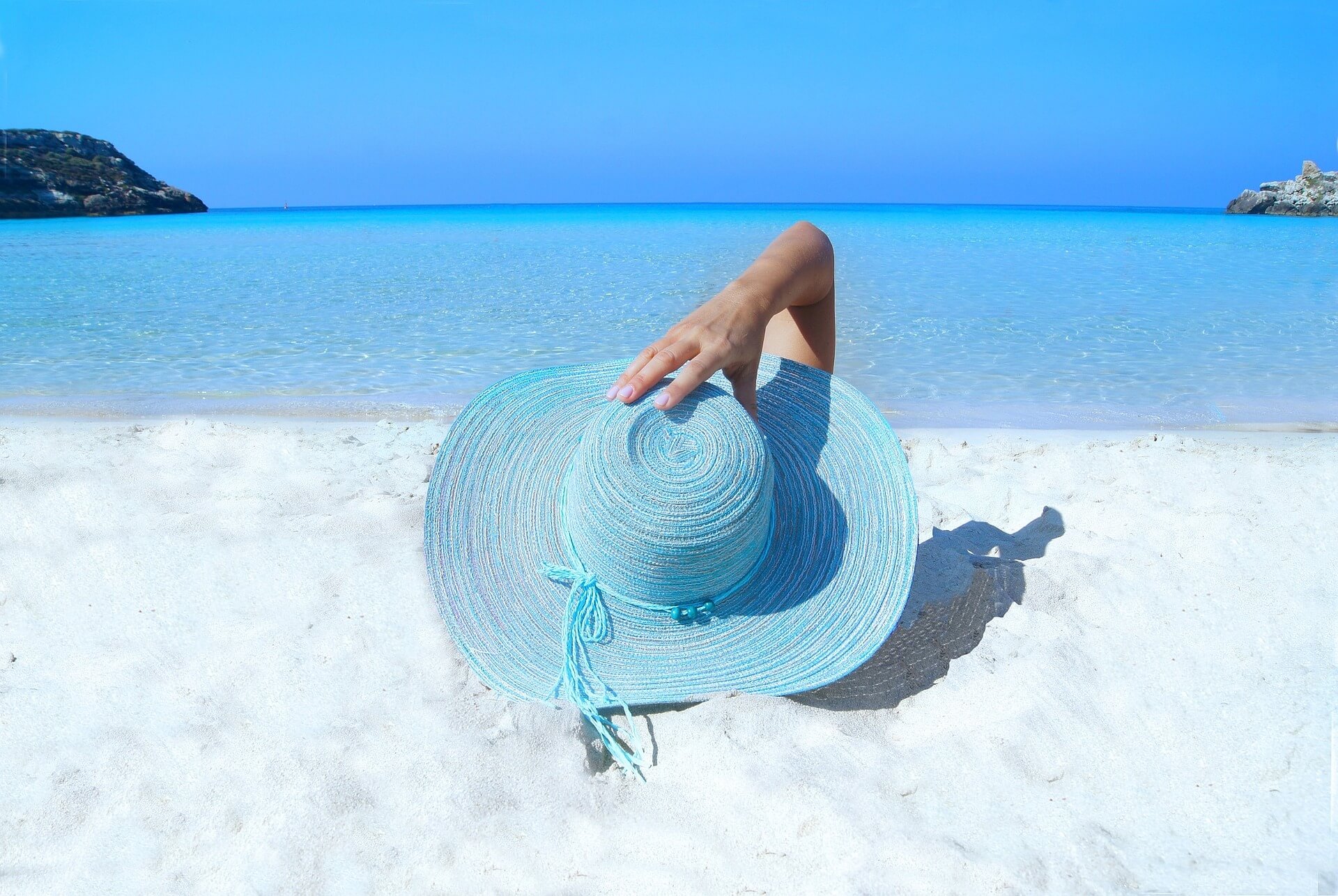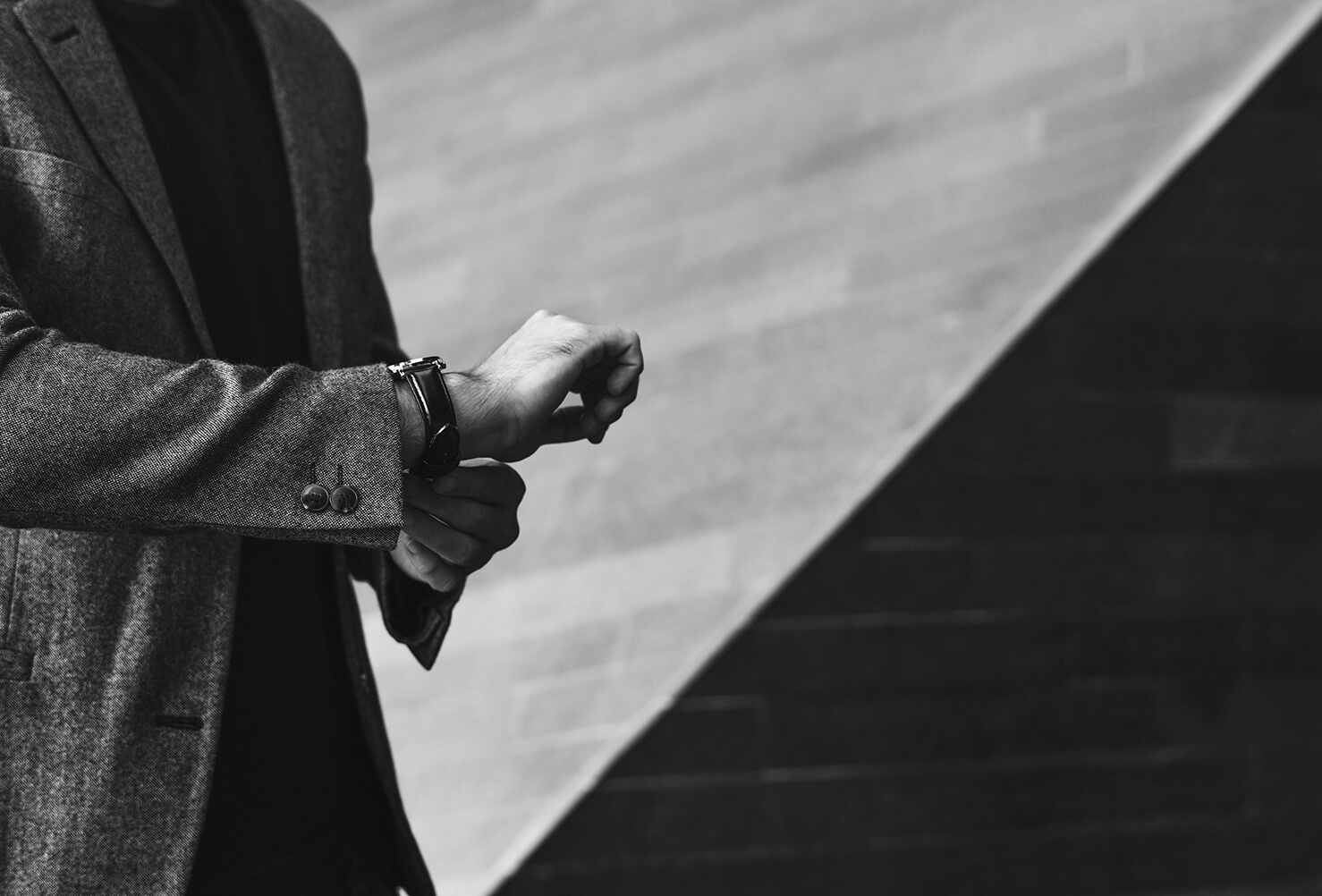The Impact of Color Psychology on Interior Design
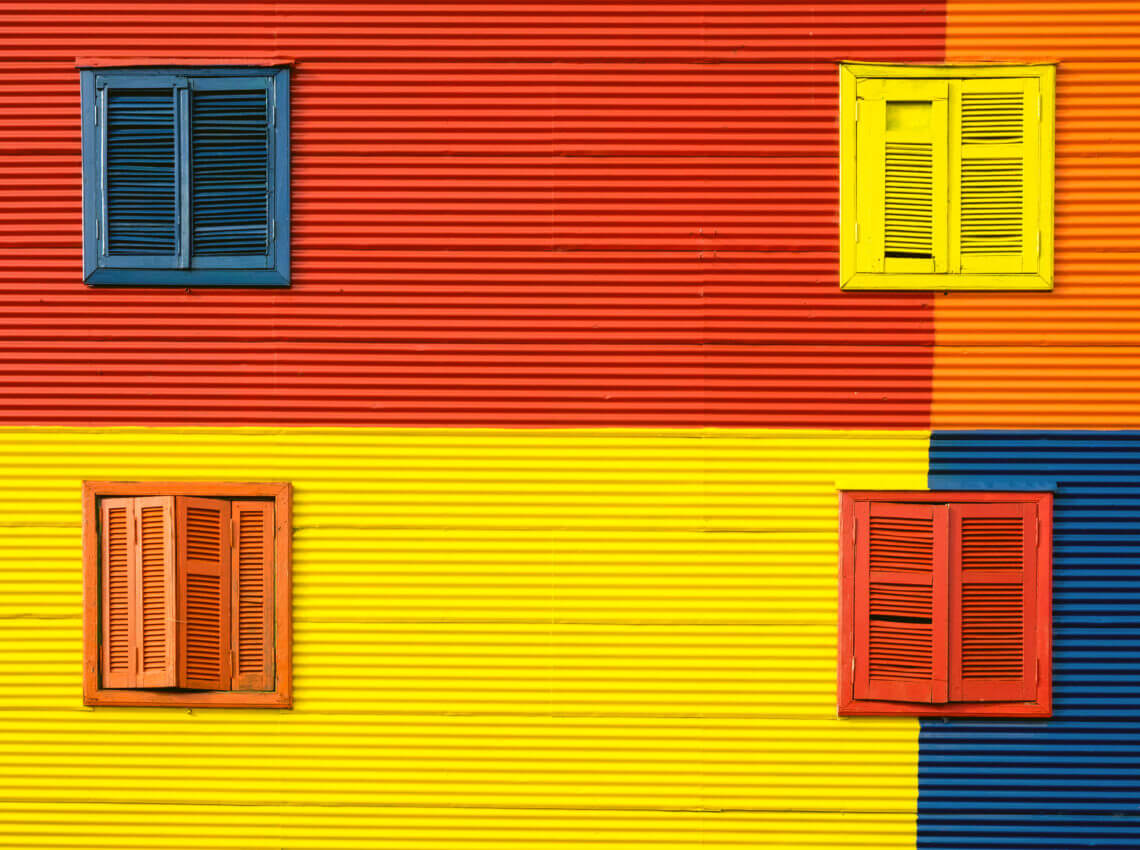
When it comes to creating a captivating and harmonious living space, the role of color cannot be overstated. The field of interior design recognizes that color psychology plays a pivotal role in shaping our perceptions, moods, and overall well-being within a space. In this article, we’ll delve into the fascinating world of color psychology and how it can be harnessed to transform your home into a sanctuary that reflects your personality and enhances your daily life.
Understanding Color Psychology
Color Psychology: A Brief Overview
Before we delve into the specifics of how color psychology impacts interior design, let’s understand the basics. Color psychology explores how different colors evoke emotional and psychological responses in individuals. These responses can vary from person to person due to cultural, personal, and experiential factors.
The Power of Hues and Tones
Colors are not just visual elements; they have the power to influence our emotions and behaviors. For instance, warm colors like red and orange tend to energize and stimulate, making them ideal for social spaces. On the other hand, cool colors like blue and green create a sense of calm and relaxation, making them perfect for bedrooms and meditation areas.
Color Psychology in Interior Design
Choosing a Color Palette for Your Space
When embarking on an interior design project, selecting the right color palette is a crucial first step. To create a cohesive and inviting atmosphere, consider your personal preferences and the function of each room.
The Serenity of Blues and Greens
In areas where you seek tranquility, such as the bedroom or study, opt for calming shades of blue or green. These colors can help reduce stress and promote a peaceful environment.
Energizing with Reds and Yellows
Conversely, spaces intended for social gatherings or creativity can benefit from vibrant colors like reds and yellows. These hues can foster a sense of enthusiasm and creativity.
Contrast and Balance
Achieving the right balance of colors within a space is essential. Too much of a single color can be overwhelming, while a well-thought-out contrast can add visual interest.
The Art of Accent Walls
Consider using an accent wall in a bold color to draw attention to a specific area or architectural feature. This not only adds burstiness to your design but also creates a focal point that commands attention.
Neutral Foundations
Neutral colors like beige, gray, or white serve as a versatile foundation that allows you to introduce bursts of color through furnishings, artwork, and accessories. This provides both burstiness and flexibility in your design.
The Psychology of Specific Colors
Now, let’s dive into the psychology of some specific colors and how they can be integrated into your interior design.
Red: Passion and Energy
The color red is associated with passion, energy, and warmth. It can be used to create a sense of intimacy and vibrancy in spaces like the dining room or living room. However, excessive use of red can be overwhelming, so it’s essential to balance it with neutral tones.
Blue: Calm and Serenity
Blue is renowned for its calming and serene qualities. It’s an ideal choice for bedrooms, bathrooms, and spaces where relaxation is a priority. Lighter shades of blue evoke a sense of tranquility, while deeper blues can add depth and sophistication.
Green: Balance and Harmony
Green is often linked to nature and represents balance and harmony. Incorporating green into your interior design can create a sense of well-being. Consider using it in areas where you want to establish a connection with the outdoors, such as a sunroom or kitchen.
Yellow: Optimism and Creativity
Yellow is a color that radiates positivity, optimism, and creativity. It can be a great choice for spaces where you want to inspire innovation and cheerfulness, such as a home office or children’s playroom.
Conclusion
Incorporating color psychology into your interior design can be a transformative experience. By understanding the emotional and psychological effects of different colors, you can create spaces that not only look aesthetically pleasing but also feel harmonious and nurturing. Remember that the key to successful interior design is to strike a balance between perplexity and burstiness, ensuring that your space is both intriguing and comfortable. So, the next time you embark on a home decor project, consider the powerful influence of color psychology—it might just be the key to unlocking the full potential of your living space.

